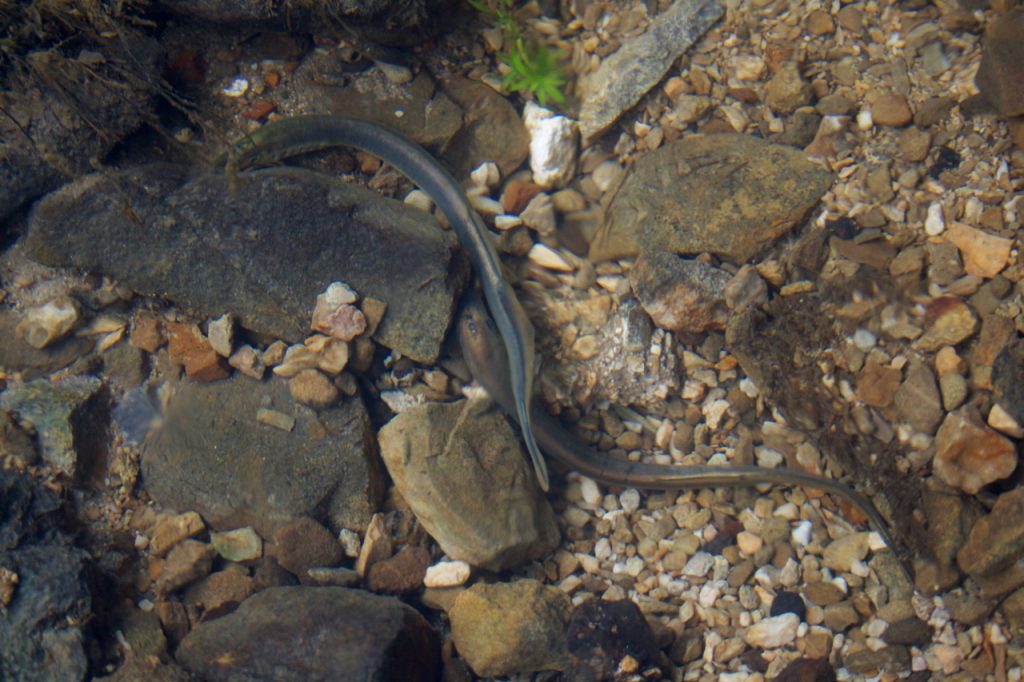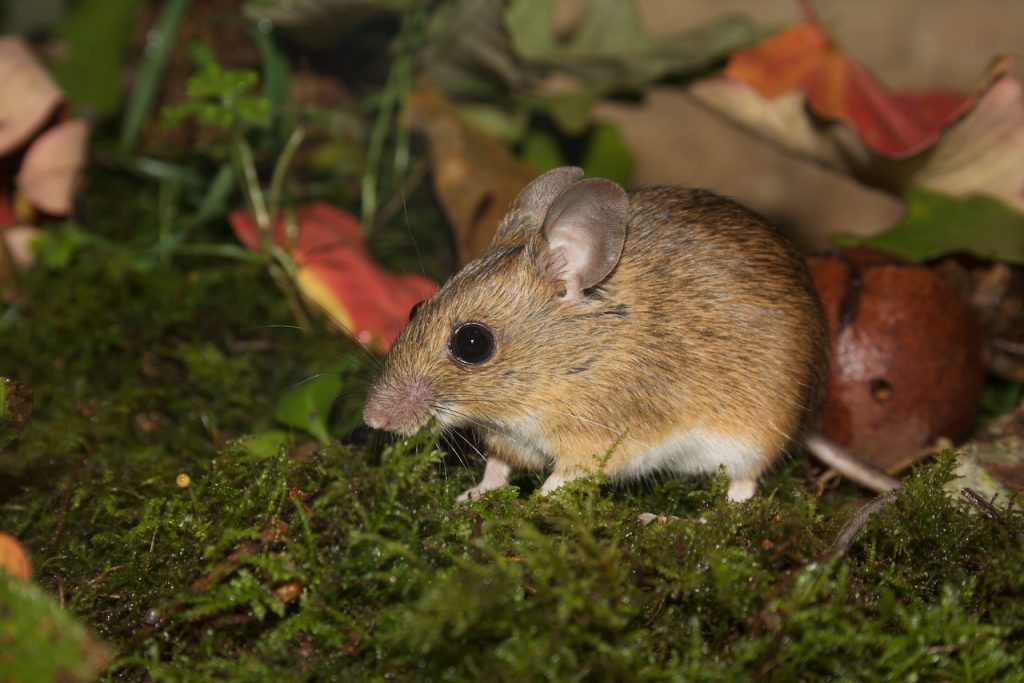The fauna of the Agro Pontino can count on the dense network of water bodies and wetlands that house a large number of fish. However, there are no elements of significant conservation interest and there are numerous alien species, a condition common to most of the regional and national territory. The composition of the community is particularly affected by the poor water quality and the artificialized banks and riverbeds.
On the other hand, the Agro Pontino water network is still an important reservoir of biodiversity for the herpetofauna and hosts species of high biogeographical and conservation value.
Among the Amphibians, the most valuable elements – included in Annexes II and IV of the Habitats Directive – are Salamandrina terdigitata, present in the Torrecchia site and Triturus carnifex, widespread in the Circeo National Park but with residual populations in suburban and rural environments throughout the project area. Even the Lizards present a rich and well-structured community. It should be noted the presence of species of significant conservation interest at the regional and national scale, such as Elaphe quatuorlineata, Natrix tessellata, Elaphe longissima, Lacerta viridis, Podarcis muralis and P. sicula and above all Emysorbicularis considered endangered by IUCN in Italy.
The high environmental heterogeneity, together with an accentuated temporal dynamism of the vegetation, favors a diversification of the ornithocenosis both in a spatial and seasonal sense.
The good diffusion of water bodies to running waters allows the survival of passerines strictly
linked to these environments such as Cinclus cinclus and Motacilla cinerea. Along the watercourses, the drainage canals in the humid areas are typical species of ichthyophagus such as Alcedo atthis, Ardea purpurea and Egretta garzetta.
Open water environments, with a good presence of macrophytes on the bottom, host numerous ducks; the most important signal is that of Aythya nyroca ai Gricilli.
Within the reeds you can find various species closely related to this habitat including Ixobrychus minutus and numerous passerines, both migratory and nesting. The presence of Acrocephalus melanopogon is relevant.
Of notable ecological significance is the presence of agricultural areas, uncultivated and open environments in which there are gildform, apodiform, passeriform guilds – both insectivorous and granivorous and omnivorous – linked to traditional agroecosystems (the so-called farmland species) including Coturnix coturnix, Apus apus, Saxicola torquata, Lanius collurio, Cisticola juncidis, alaudidae as Calandrella brachydactyla and others who use these areas for nesting, for finding trophic resources and as a migratory stop-over. But it is also notable for falconiformes, both nesting (Buteo buteo, Falco tinnunculus) or migrating or coming from the adjacent Lepini massif (Circaetus gallicus, Pernis apivorus, Circusaeruginosus, C. cyaneaus, Falco peregrinus), which use area mainly for feeding purposes. The strong diffusion of intensive farming areas and the lack of refuge areas are the main factors responsible for the scarce presence of terrestrial mammals, represented in particular by Rodents and Insectivores that are found in natural residual areas. Vice versa, the abundance of humid environments favors the chiropterofauna, present in Agro Pontino with 18 species, all listed in Annex II of the Habitats Directive and considered at various levels of threat by the IUCN in Italy. Among the Endangered species for example Rhinolophus hipposidereos is present in the Ninfa Oasis and Myotis capaccinii lives in the foothills.
Within the three SCIs involved, very rare trophic and reproductive habitats survive in the rest of the Pontino area, due to the artificialization induced by land reclamation and the intense agricultural use of the territory. The following species of conservation interest are reported in SCI IT6040002, included in Annex II of the Habitats Directive: Emys orbicularis, Lampetra planeri, Rutilus rubilio, Salmo trutta macrostigma. Among the “other important species” Triturus vulgaris is reported. In SCI IT6040003 the species of Annex II are: Acrocephalus melanopogon, Alcedo atthis, Ardea purpurea, Aythya nycora, Cicaeus gallicus, Circus aeruginosus, C. cyaneus, Egretta garzetta, Emys orbicularis, Falco peregrinus, Ixobrychus minutus, Lanius collurio, Rutilus rubilio, Sterna sandvicensis. In SIC IT6040008 the species of Annex II are: Alcedo atthis, Circus aeruginosus, Coenagrion mercurial, Egretta garzetta, Rutilus rubilio. These areas are very important for all the Chiroptera reported in the Pontine plain, which use small wetlands as foraging sites.
The rest of the Agro Pontino is
strongly anthropized, preserving some natural or semi-natural territorial areas,
in correspondence of the dense artificial hydrographic network and of the uncultivated
lands, which play an important role for species and habitats survival. For
example, marginal or low-use agricultural areas host communities of the Isoëto-Nanojuncetea class, associated
with priority Habitat 3170. The non-intensive rural lands register the presence
of ornithic species closely linked to traditional agricultural systems (the
so-called farmland species).
Similarly, the uncultivated and abandoned crops are reproductive habitats for
species of Reptiles and Birds of conservation interest (Elaphe quatuorlineata, Lanius collurio) and are used as rest and
feeding areas by numerous species from neighboring zones.
The same function is adopted by Chiroptera, which also feed to several miles
from the site chosen as a refuge. Furthermore, the geographical location –
interposed between the Tyrrhenian coastal strip, the Pontine islands and the
Lepini mountains – makes it an important regional knot for migratory birds,
with significant implications also at national level.




